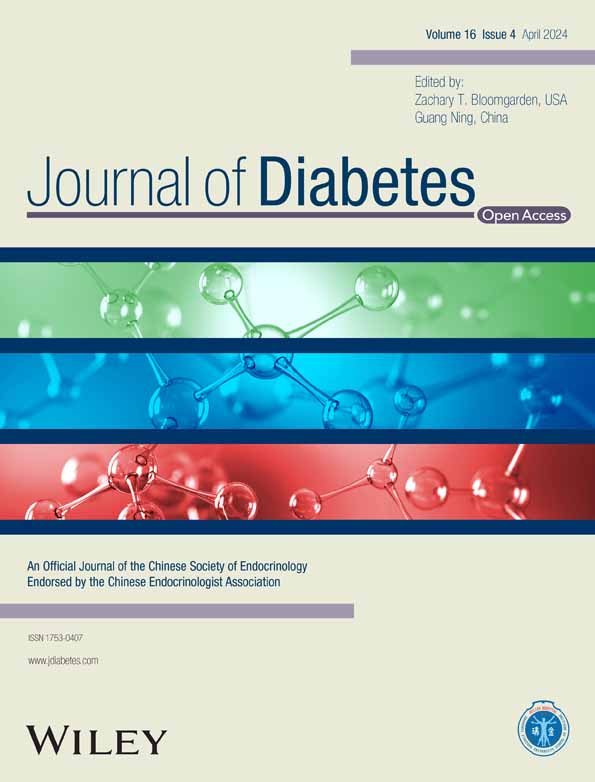Further learning of clinical characteristics and imaging manifestations of nonketotic hyperglycemic hemichorea
Abstract
Objective
To summarize the clinical characteristics and imaging manifestations of patients with nonketotic hyperglycemic hemichorea (NH-HC) and to explore the possible pathogenesis, diagnosis. and treatment of the disease in order to improve the understanding of this disease and avoid misdiagnosis.
Methods
Retrospective analysis was performed on the case data of five patients with NH-HC admitted to our hospital in recent years. The patients were treated in the department of endocrinology, department of neurology, and department of neurosurgery in our hospital, respectively. Meanwhile, relevant literatures were consulted for further learning.
Results
NH-HC is usually presented as a triad of nonketotic hyperglycemia, lateral chorea, and typical imaging manifestations of head magnetic resonance imaging or computed tomography, but the clinical manifestations are not the same, and imaging features may also be different, presenting a diversified trend in clinical practice. All five patients were given glucose-lowering drugs and improved with or without combination of drugs to control symptoms of chorea.
Conclusion
NH-HC is a rare complication of diabetes, characterized by hyperglycemia and hemichorea. How to identify the extreme situation and make fast judgment is a top priority. Timely and correct control of blood glucose is the key to the treatment, and when necessary, application of dopamine receptor antagonists in patients with combination therapy can accelerate improvement of the clinical symptoms. The prognosis of NH-HC is good, the clinician should strengthen comprehensive understanding of this disease to avoid missed diagnosis or misdiagnosis and enable patients to get more timely and effective treatment.
CONFLICT OF INTEREST STATEMENT
The authors have no conflicts of interest.





